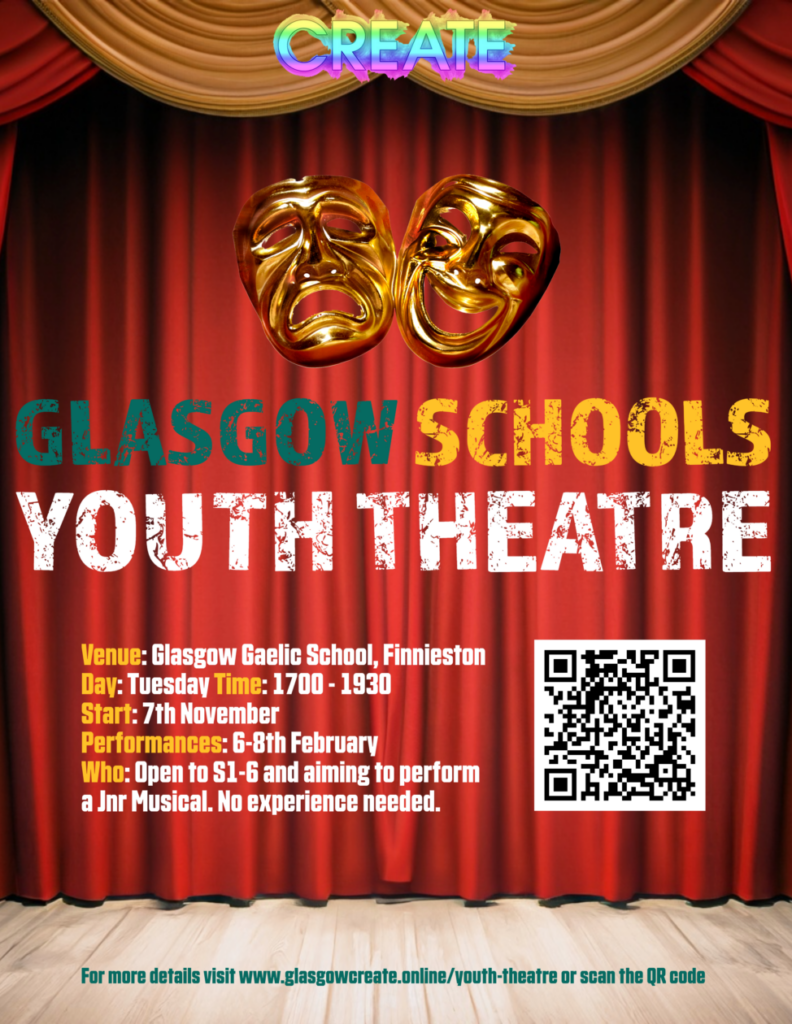During this sequence of lessons, learners will…
- Use their bodies to make shapes of characters and objects found in fairy tales.
- Explore how to use their voices, bodies and facial expressions to show emotion and portray a character from a traditional fairy tale.
- Use key vocabulary to describe actors use of voice, movement and facial expressions.
- Explore a variety of emotions and link them to characters from or parts of a traditional fairy tale.
- Be part of an audience
- Listen to and follow instructions.
- Share thoughts and opinions on a piece of drama.
Experiences and Outcomes:
- I have the freedom to choose and explore how I can use my voice, movement, and expression in role play and drama (EXA 0-12a) / I enjoy creating, choosing and accepting roles, using movement, expression and voice (EXA 1-12a)
- Inspired by a range of stimuli, I can express and communicate my ideas, thoughts and feelings through drama (EXA 0-13a / EXA 1-13a)
- I use drama to explore real and imaginary situations, helping me to understand my world (EXA 0-14a) / I have developed confidence and skills in creating and presenting drama which explores real and imaginary situations, using improvisation and script (EXA 1-14a)
- I can respond to the experience of drama by discussing my thoughts and feelings. I can give and accept constructive comment on my own and others’ work (EXA 0-15a / EXA 1-15a)
- I have experienced the energy and excitement of presenting/performing for audiences and being part of the audience for other people’s presentation/performances (EXA 0-01a)


